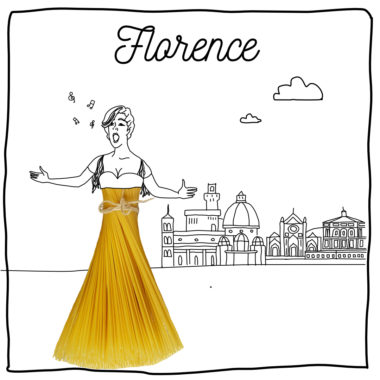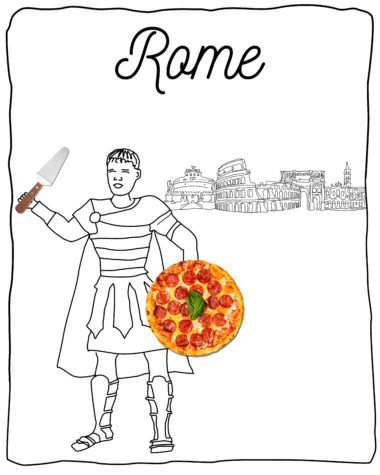Friendly disclaimer! We want to be as accurate as possible, but given these challenging times, we urge you to recheck that the venues are open when you decide to visit.
Rome, known as the ‘Eternal City’, has attracted visitors for over 2,000 years. It is one of the most magnificent cities in the world, boasting of an attractive blend of grandiose sights and bustling city life. From designer outlets to romantic cafes and exquisite wines, Rome is diverse in its offerings. No wonder that the city draws in over 4.2 million tourists every year.
Parco degli Acquedotti
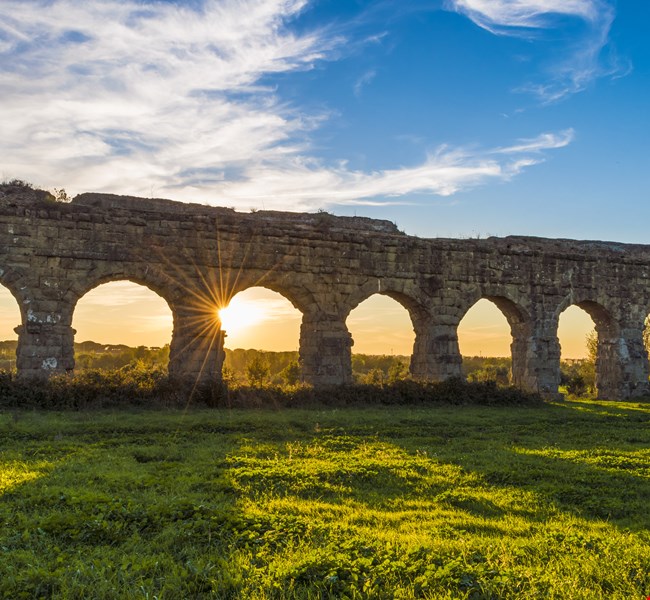
Away from the city bustle of Rome, this park area is marked by what’s left of two ancient aqueducts that once carried water. Both aqueducts were built by the Romans and are worth the ride out into Rome’s suburbs.
Useful Info:
- Location: Via Lemonia 221, Rome
Cooking Classes and Food Tours in Rome
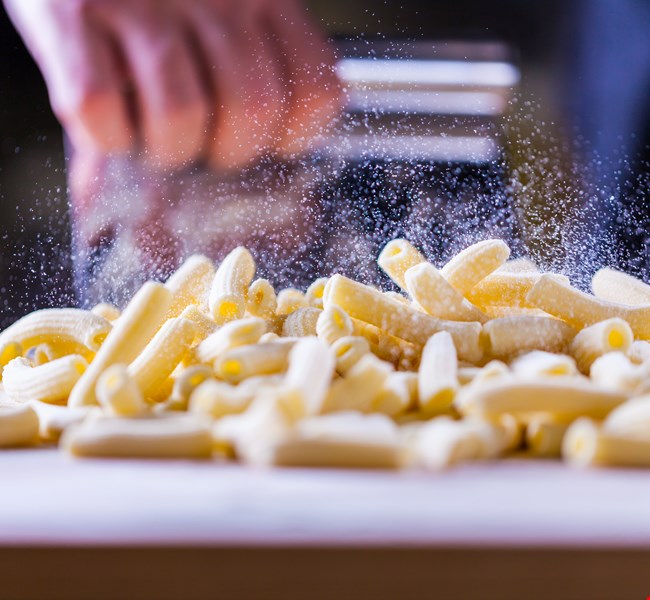
Italy does not only attract tourists with the beauty of its landscapes and mesmerising ancient sites: Italy’s exquisite cuisine and passion for all things culinary is, arguably, an even more powerful draw.
To get a taste of local cuisine and learn how to craft your very own culinary masterpiece, consider joining a cooking class. Here are some providers in Rome: Gianni & Cesare, Cooking classes in Rome and Convivio Rome.
Colosseum
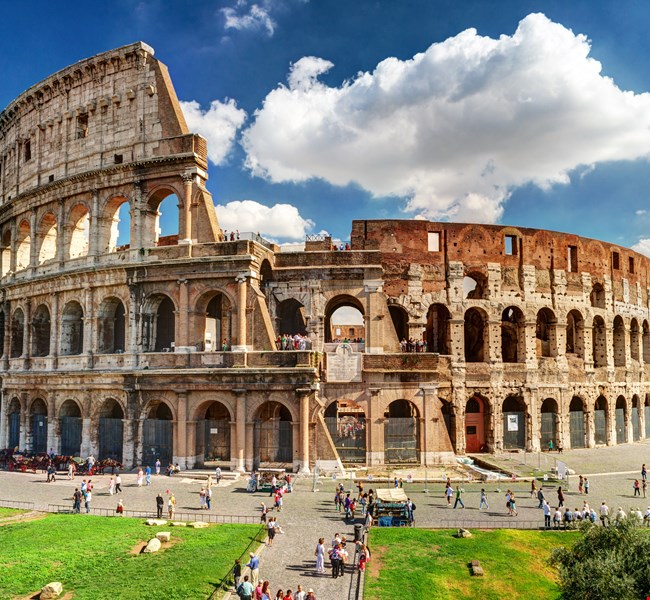
Perhaps Rome’s most famous landmark, the massive stone amphitheatre was built under Emperor Vespasian in A.D. 70-72 and completed by his son Titus 10 years later. As in the movie “Gladiator”, it has hosted violent and brutal displays of gladiatorial combats and wild animal fights, all just for the delight of crowds. Inauguration lasted one hundred days, and approximately 9,000 animals and 2,000 gladiators were killed during the event. At its peak this place hosted 87,000 spectators. Today, it is Rome’s most visited sight, which never fails to leave visitors awe-struck.
Useful Info:
- Location: Piazza del Colosseo 1, Rome
- Website: www.parcocolosseo.it
- Timings:
- Monday-Sunday 8:30am-7pm
- Check for seasonal changes of opening hours: www.parcocolosseo.it/visita/orari-e-biglietti/
Spanish Steps
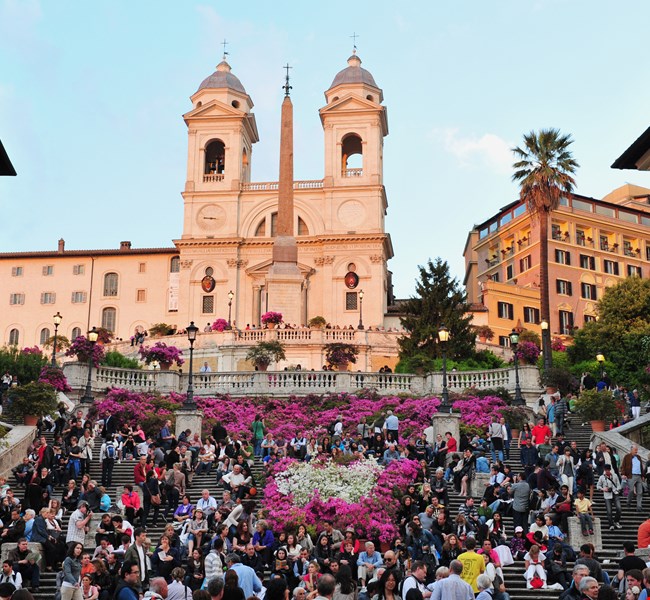
Named after the nearby Embassy of Spain, the Spanish Steps link Piazza di Spagna with Piazza di Trinità dei Monti. The monumental stairway is famous for being a gathering point for both tourists and locals who grab a front-row seat to the spectacle of Rome’s street life after an exhausting day of shopping or sightseeing. During spring, the Spanish Steps bloom with azalea flowers, making it one of the most photogenic attractions in Rome. The steps became famous all around the world thanks, in part, to Audrey Hepburn’s film A Roman Holiday and Bob Dylan’s song When I Paint My Masterpiece. Mind that a new regulation now prevents anyone from sitting on the steps.
Useful Info:
- Location: Piazza di Spagna, Rome
- Timings: Open 24/7
- Transport Options: Metro: line A (the red line) and exit at Spagna
Museo di Roma
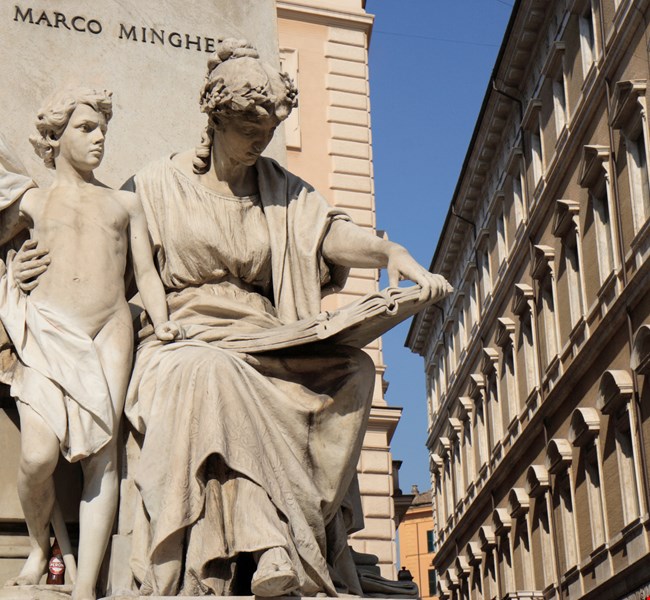
The Museum of Rome or “Museo di Roma”, housed in the neoclassical 18th century Palazzo Braschi- the former headquarters of the National Fascist Party- receives critical acclaim for its exclusive collection. The museum holds approximately 40,000 pieces of artwork all depicting Rome’s history from the Middle Ages until the 20th century.
After the Second World War 300 families were evacuated to this location and many of the frescoes were damaged by the fires that were lit in order to keep warm.
Useful Info:
- Location: Piazza San Pantaleo 10, Rome
- Website: www.museodiroma.it/en
- Timings: Tuesday-Sunday 10am-7pm
Galleria Borghese
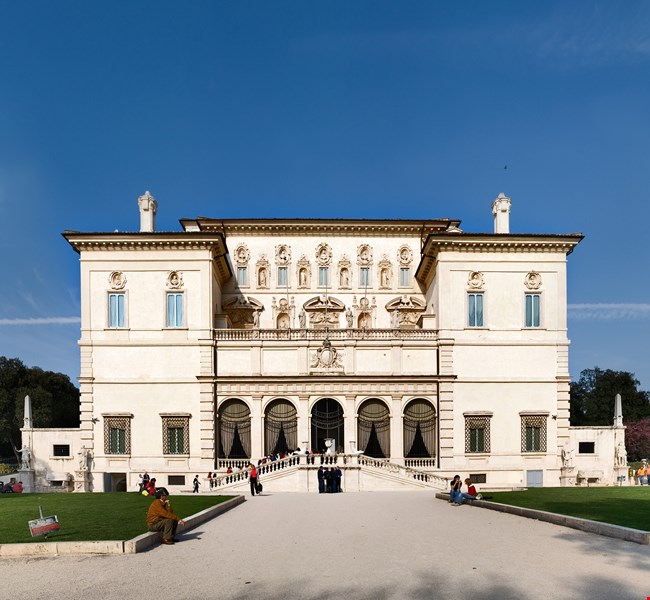
Rome falls short of Venice and Florence when it comes to art, but this gallery is an exception. The bi-level art gallery, housed in the former Villa Borghese Pinciana, displays masterpieces by renowned artists such as Botticelli, Raphael, Caravaggio, Rubens, and Tiziano. The adjacent gardens are as breathtaking as the artwork showcased in the gallery.
Tip: Because of its popularity, it is highly recommended to book tickets in advance.
Useful Info:
- Location: Piazzale del Museo Borghese 5, Rome
- Website: www.rome.net/borghese-gallery
- Timings: Tuesday-Sunday 8:30am-7:30pm.
Forum Romanum
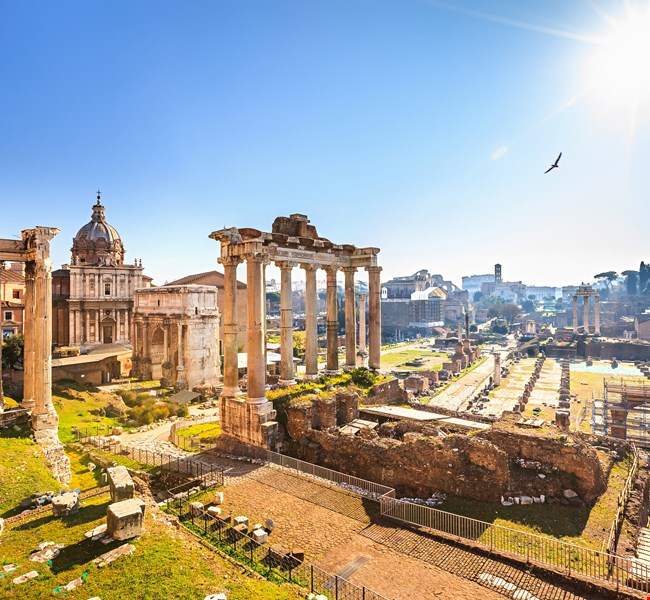
In the city centre, you will find Forum Romanum sandwiched between the Palatine and Capitoline hills. The open-air forum was the commercial, political, social, and religious hub of Ancient Rome. Throughout the Imperial Period, Emperors like Julius Caesar and Augusts expanded the Forum to include temples, statues and monuments, a senate house, and low courts. Today, the Forum Romanum is one of the most visited archaeological sites in the world and offers insights into the Roman civilization.
Useful Info:
- Location: Largo della Salara Vecchia 5/6, Rome
- Website: www.parcocolosseo.it/en/area/the-roman-forum
- Timings: Roughly between 8:30am and 6pm (seasonal changes).
Pantheon
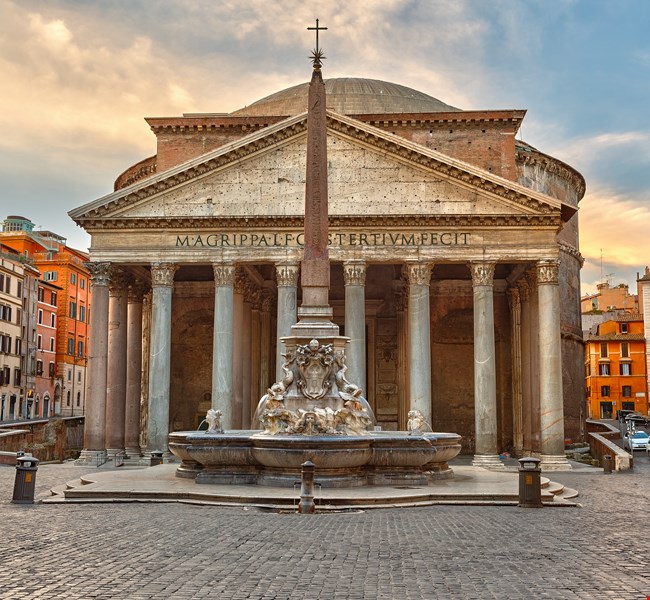
An astonishing 2,000-year-old temple, now a church, the Pantheon is a remarkable building to see when in Rome. The Pantheon, built as a temple to all gods, is the best-preserved marvel from Ancient Rome. Its main and most fascinating feature is the design of the dome and open oculus, the only source of natural light. Tourists from around the world flock into the Pantheon to see what Michelangelo defined as an angelic and not human design. The Pantheon also houses the tomb of the great painter Raphael.
The square in front of the Pantheon is called Piazza della Rotonda. It is located near Piazza Navona and Campo de Fiori so take the opportunity to stroll around in this area, there is much to see.
Useful Info:
- Location: Piazza della Rotonda, Rome
- Website: www.polomusealelazio.beniculturali.it/index.php?it/232/pantheon
- Timings: Monday-Saturday 8:30am-7:30pm, Sunday 9am-6pm
Fontana di Trevi
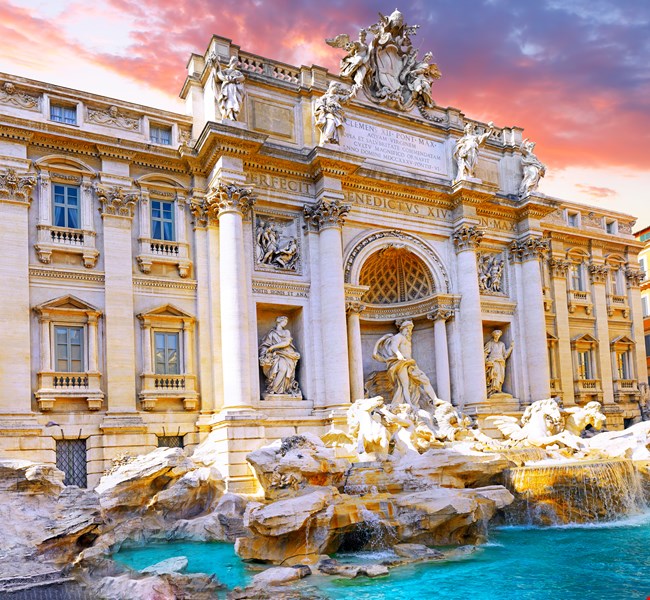
Designed by Salvi and completed by Pannini in 1762, the striking Trevi Fountain amazes onlookers with its 26.3-metre (86 ft) height and 49.15-metre (161.3 ft) width, making it the largest Baroque fountain in the city and the most famous one in the world. Several movies, including Roman Holiday and Fellini’s La Dolce Vita, have contributed to its fame. In 2016, Fendi chose the fountain as the stage of one of its memorable shows ever, wherein a clear plexiglass runway stretched across the Trevi Fountain.
Some useful tips before visiting Rome’s iconic Trevi Fountain:
- It’s illegal to fish out coins from the fountain.
- It’s strictly forbidden to bathe in the fountain.
Useful Info:
- Location: Piazza di Trevi, Rome
- Timings: Open 24/7
Santa Costanza
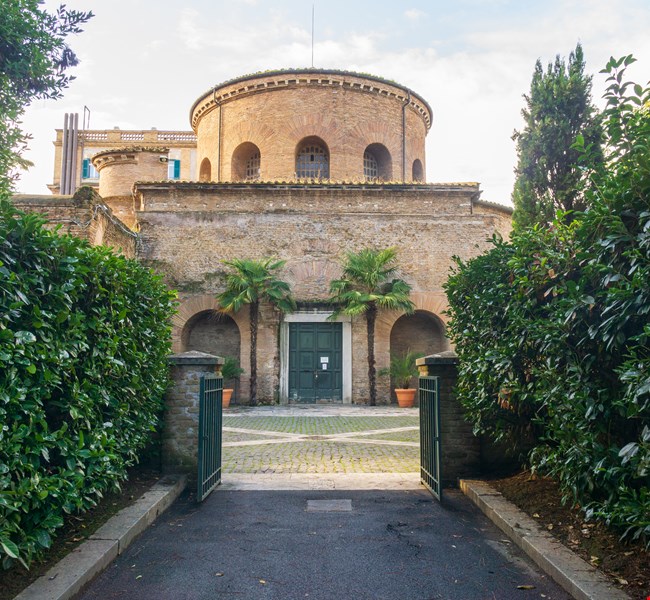
Rome is home to many astonishing churches that boggle the mind, such as the Mausoleum of St. Costanza. Tucked away outside the Aurelian Walls, the 4th-century church is an example of Early Christian art and architecture. Its mosaics of natural elements, such as birds, palms, and plants, along with the dome, and the unusual design make it the perfect setting for couples to exchange their wedding vows.
Useful Info:
- Location: Via di Santa Costanza, Rome
- Website: www.santagnese.com/index.php?option=com_content&task=view&id=233&Itemid=55
- Timings: Monday-Saturday 9am-12pm / 3pm-5pm, Sunday 3pm-5pm
Piazza Navona
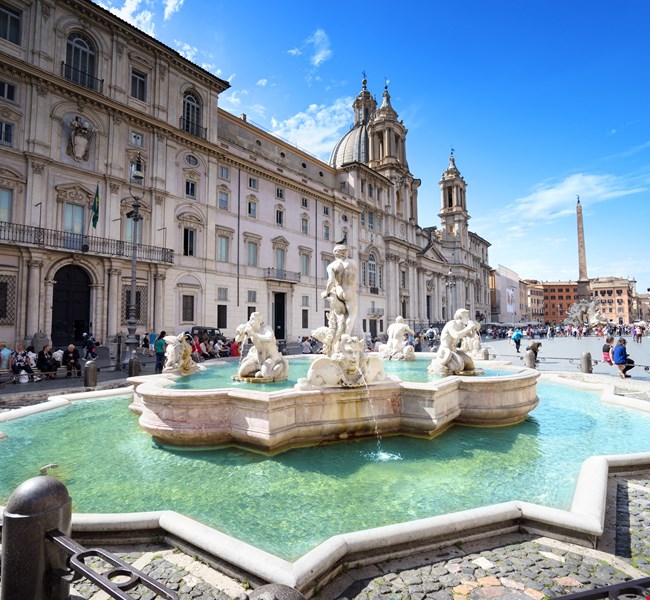
The elongated Piazza Navona with its three impressive fountains, including the Fontana dei Quattro Fiumi with the Egyptian obelisk at its centre, is Rome’s most famous and vibrant square. Built in 86 AD, the square used to be a stadium for athletic competitions and could hold up to over 20,000 spectators. The backdrop of Baroque architecture, tourists, street artists, restaurants, and bars make it the perfect setting to cherish the moment.
Useful Info:
- Location: Piazza Navona, Rome
- Timings: Open 24/7.
Domus Aurea, Nero‚ Golden House

In the year 64, Emperor Nero built a palace almost one mile long‚ stretching from the Palatine Hill all the way to the Oppio Hill. Some parts were covered in gold, precious stones and featured splendid decor. After Nero’s death, it was all filled in with earth to obliterate the tyrant’s memory. It was accidentally rediscovered in the 15th century, and today you can walk through 30 of Nero’s 150 underground rooms.
Useful Info:
- Location: Viale della Domus Aurea 1, Rome- Located inside the Colle Oppio park, entrance from Via Labicana
- Website: www.coopculture.it/en/heritage.cfm?id=51
- Timings: Daily 9:15am-16:15pm.
- Transport options: Bus: n.85, n.87, n.175, n.810, n.850 / Metro: Line B Colosseo stop
The Vatican City
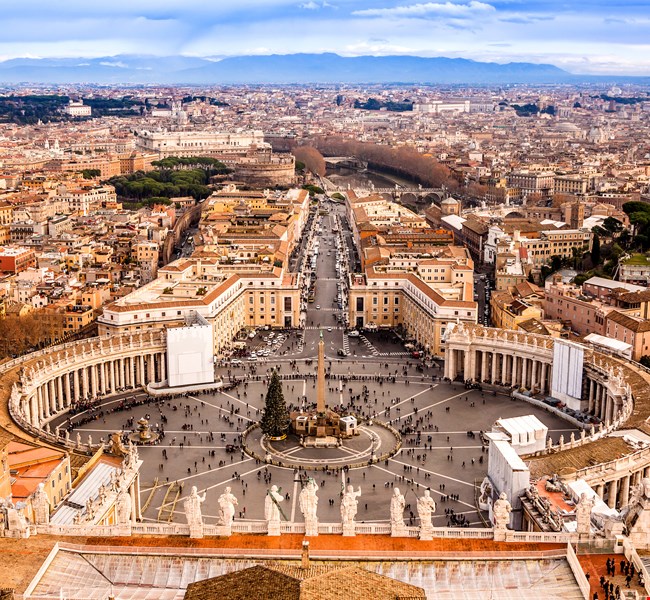
Vatican City is an ecclesiastical state and the smallest state in Europe, both in dimension and population. Though teeny tiny, the state holds 11 noteworthy museums, including the Michelangelo-decorated Sistine Chapel (perhaps the greatest gem), St. Peter’s Basilica, and St. Peter’s Square. Marvel at Vatican’s treasures with your booked-ahead tour and avoid lining in notoriously slow-moving queues.
Useful Info:
- Location: Vatican City, Rome
- Website: www.vaticanstate.va
Teatro dell’Opera di Roma
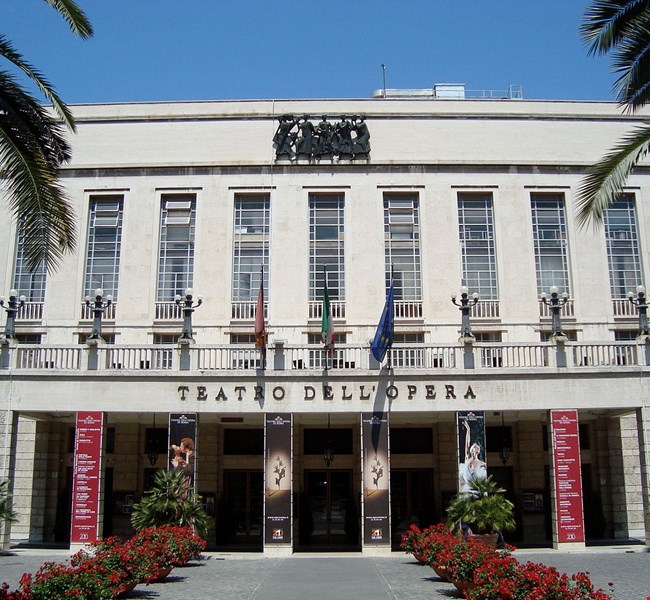
Teatro dell’Opera di Roma is an Opera House that still preserves its distinctive features of the 19th century. Since its inauguration in 1880, major works have been staged here, including the premiere of Puccini’s Tosca. With its red-and-gold interiors and absorbing history, the Teatro dell’Opera di Roma is worth a visit even if the Opera Theatre isn’t your cup of tea.
Note that during summer, the ravishing ruins of the Baths of Caracalla are the venue for the opera company’s outdoor performances.
Useful Info:
- Location: Piazza Beniamino Gigli, Rome
- Website: www.operaroma.it/en
Museo Nazionale Etrusco di Villa Giulia
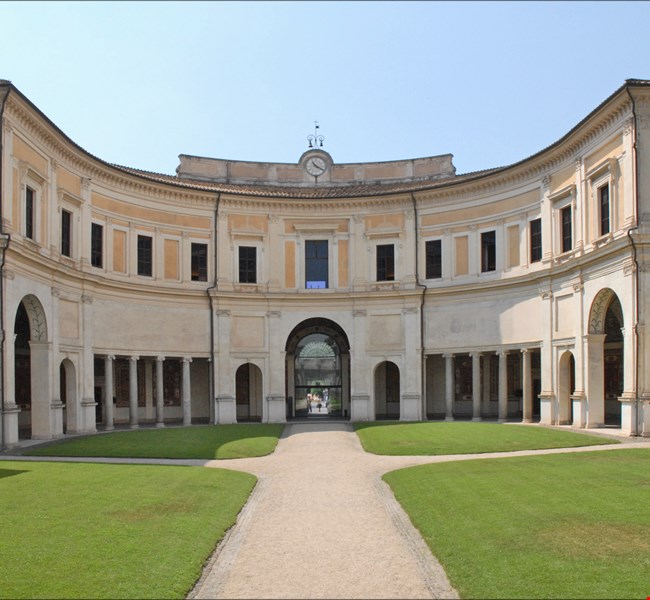
Set in what used to be the country retreat for Pope Julius III, the Etruscan museum in Rome stores some impressive artefacts of the mysterious Etruscan and pre-Roman treasures. The Sarcophagus of the Spouses depicting a reclining man and woman on its lid is the masterpiece in here and a true example of art from the 6th century BC.
Useful Info:
- Location: Piazzale di Villa Giulia 9, Rome
- Website: www.museoetru.it/en
- Timings: Tuesday-Sunday 9am-8pm.
San Clemente Basilica
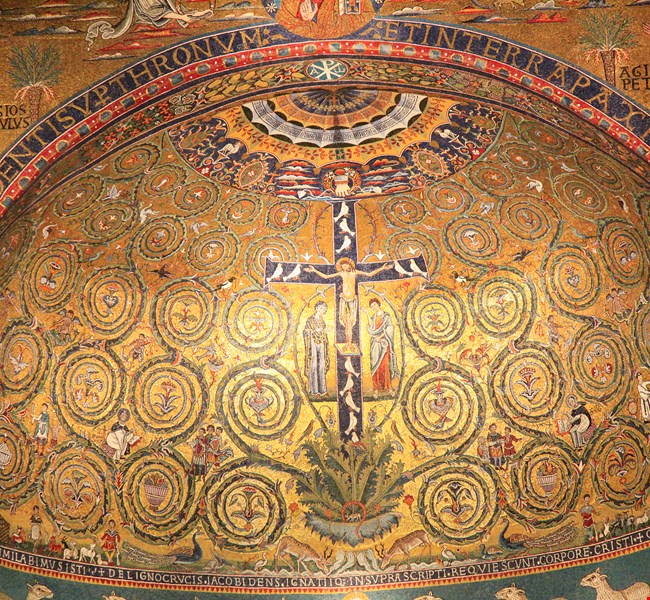
The Basilica of San Clemente is more than a simple church; it is a real museum that houses layers and layers of history. Behind the humble doors of the 12th-century church lie the remnants of the original basilica dating back to the 4th century, the remains of a 1st-century Roman villa, and breathtaking Byzantine mosaics beautifully adorning the ceiling.
Useful Info:
- Location: Via Labicana 95, Rome
- Website: www.basilicasanclemente.com/eng
- Timings: Monday-Saturday 9am-12:30pm / 3pm-6pm, Sunday 12:15pm-6pm
Ara Pacis Museum
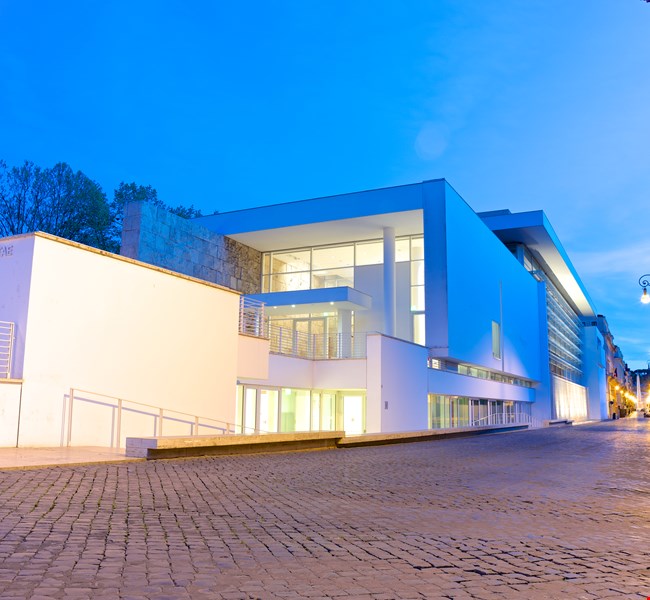
Built in honour of Emperor Augustus after his triumphant return from the wars in Spain and Gaul, the Ara Pacis Augustae or the Altar of the Augustan Peace is dedicated to Pax Augusta. Originally in Campus Martius, the Altar was installed to its current position only in 1938.
Useful Info:
- Location: Lungotevere in Augusta, Rome
- Website: www.arapacis.it/en
- Timings: Daily 9:30am-7:30pm
Aventine Hill
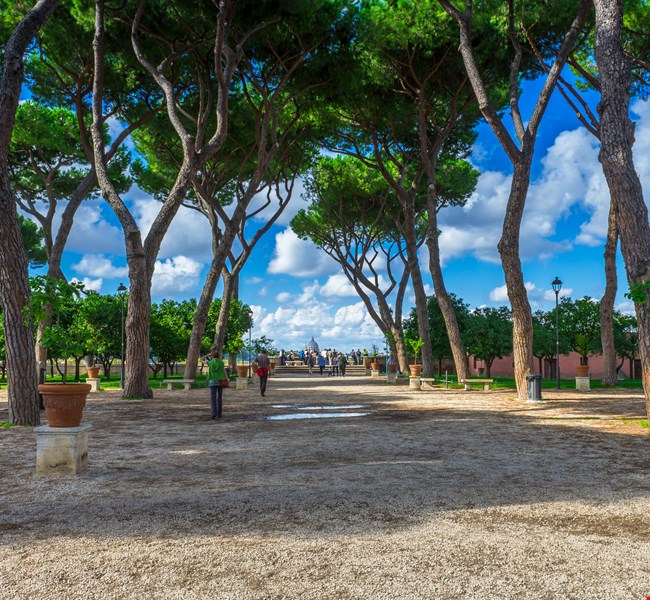
Aventine Hill is one of the Seven Hills on which ancient Rome was built. The real off-the-beaten-path gem offers magnificent views of the city and leads to fabulous rose gardens and impressive religious structures, including the Basilica of Santa Sabina (the oldest Roman Basilica in Rome). The highlight here is the keyhole of the Knights of Malta, where people line up to enjoy the stunning view over the Dome of Saint Peters.
Useful Info:
- Location: Via di Santa Sabina, Rome
VIGAMUS – The Video Game Museum
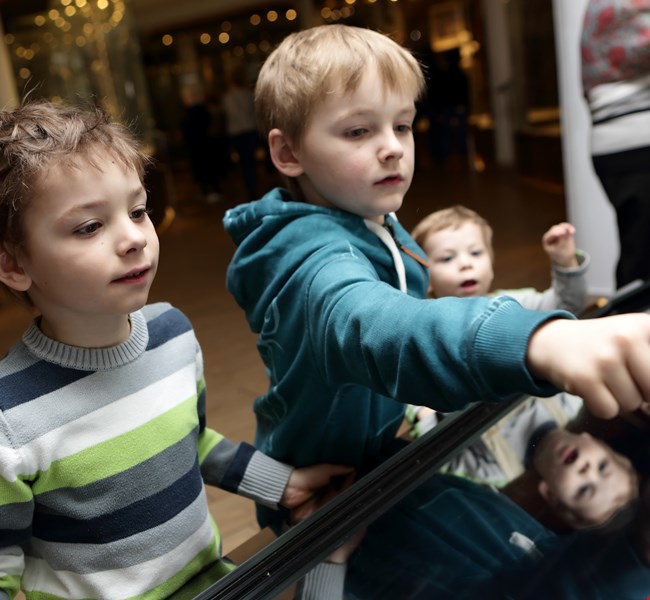
If you love video games, you cannot miss the opportunity to visit VIGAMUS. Discover well-known characters, look back on history and explore the various fun areas the museum has to offer.
Useful Info:
- Location: Via Sabotino 4, Rome
- Website: www.vigamus.com/en
- Timings: Tuesday-Sunday 10am-8pm.
Scuderie del Quirinale
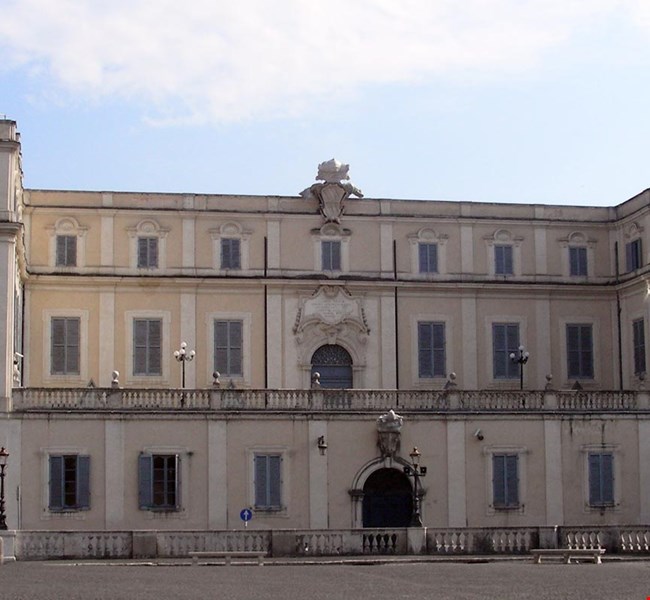
Set atop Rome’s tallest hill (Quirinale) are the Papal Stables used as an impressive exhibition space of nearly three thousand square meters. The complex is located right next to the Palazzo del Quirinale, where the Italian president now lives.
Useful Info:
- Location: Via XXIV Maggio 16, Rome
- Website: www.scuderiequirinale.it
- Timings: Sunday-Thursday 10am-8pm, Friday-Saturday 10am-10:30pm.
St. Peter’s Basilica
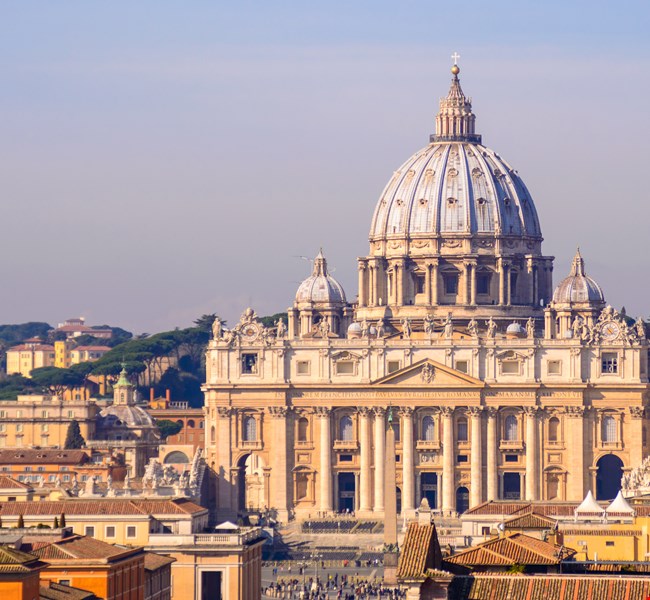
The late Renaissance St. Peter’s Basilica is an iconic landmark of Rome, a monumental structure that the likes of Michelangelo helped bring into existence. Today, the basilica is open to visitors wishing to explore its inside naves and chapels, and see works of art by great masters such as Raphael and Bernini. While here, don’t miss out on climbing to the top of the dome where the stunning view of St. Peter’s Square awaits you.
Useful Info:
- Location: Piazza San Pietro, Rome
- Website: www.vatican.va/various/basiliche/san_pietro/index_it.htm
Thermae of Caracalla
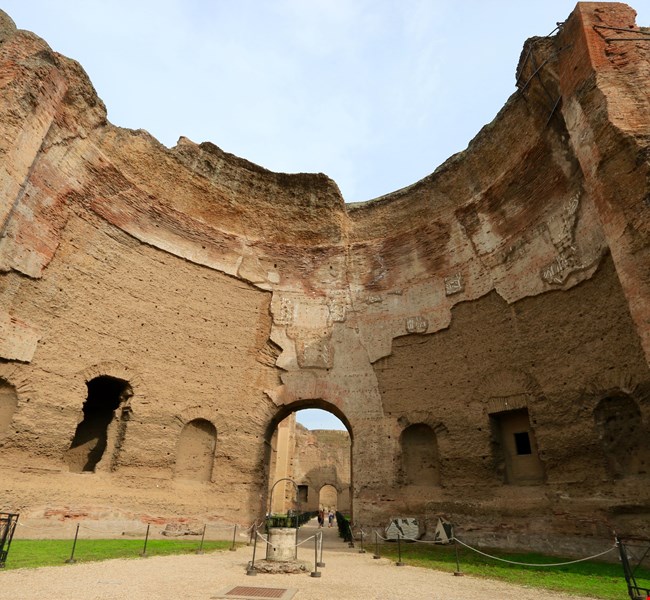
Built under Emperor Caracalla, the Thermae Antoninianae is what remains of once functioning ancient public baths. It is, as of today, one of the best (and largest) remaining examples of a similar structure.
Useful Info:
- Location: Viale delle Terme di Caracalla 52, Rome
- Website: www.coopculture.it/en/heritage.cfm?id=6
- Timings: Check the website for seasonally changing opening hours.
- Transport options: Bus n. 760, n. 628.
Wax Museum

While a wax museum might not be among the Eternal City’s top attractions, it will probably interest second- and third-time visitors with its curious collection of well-known Italian and international figures (from Pavarotti to Winston Churchill) and a waxworks laboratory open to guests.
Useful Info:
- Location: Piazza SS. Apostoli 68a, Rome
- Website: www.museodellecere.com/en
- Timings: Daily 9am-9pm.
Villa Adriana
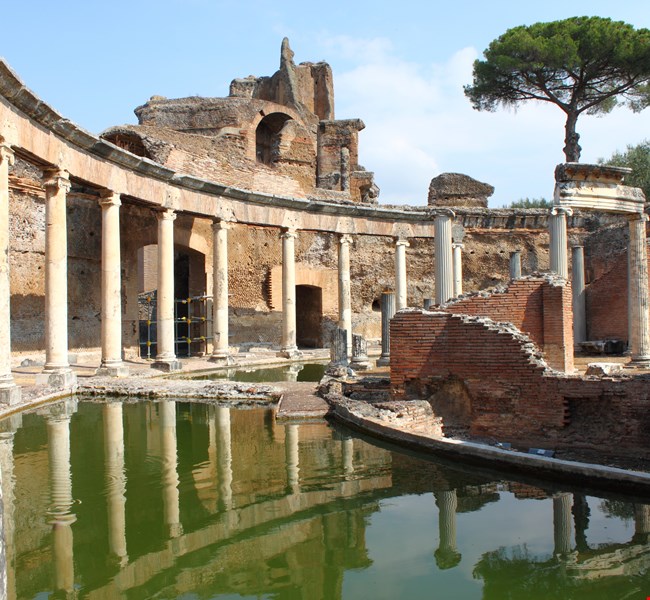
Once the temporary retreat and later home to decorated Roman Emperor Hadrian, Villa Adriana dates back millennia when it was conceived as an “ideal city” with baths, pools, fountains, and lush gardens. The structure combined elements of Greek, Roman and Egyptian influences. Since 1999, Villa Adriana belongs to the UNESCO list of World Heritage Sites.
Useful Info:
- Location: Largo Marguerite Yourcenar 1, Tivoli RM, Rome
- Website: www.villaadriana.beniculturali.it
- Timings: Check here for seasonal opening hours: www.villaadriana.beniculturali.it/index.php?it/114/orari
Villa d’Este
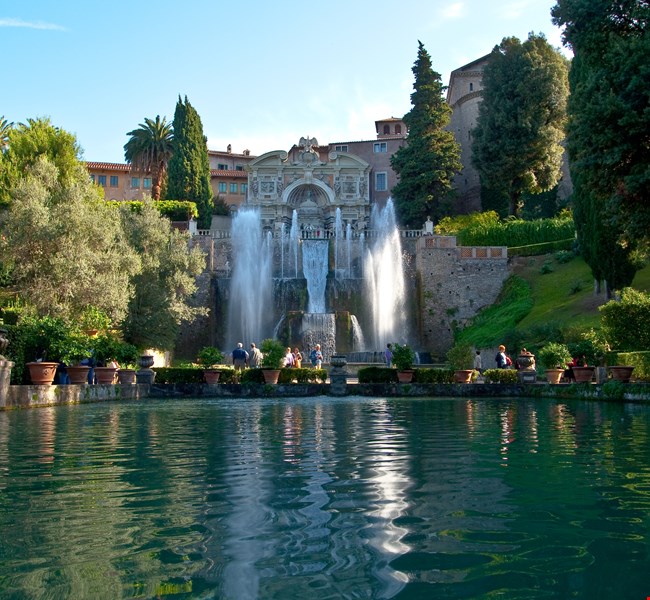
UNESCO World Heritage Site Villa d’Este is an unparalleled example of Renaissance architecture, located just under an hour away from the city centre in Tivoli (next to Villa Adriana). Marvel at its fountains, terraces and gardens, explore the building from the inside and feel like one of the many artworks featuring Villa d’Este that has come alive.
Useful Info:
- Location: Piazza Trento 5, Tivoli RM, Rome
- Website: www.villadestetivoli.info/indexe.htm
- Timings: Check here for seasonally changing hours: www.villadestetivoli.info/infoe.htm
Palazzo delle Esposizioni
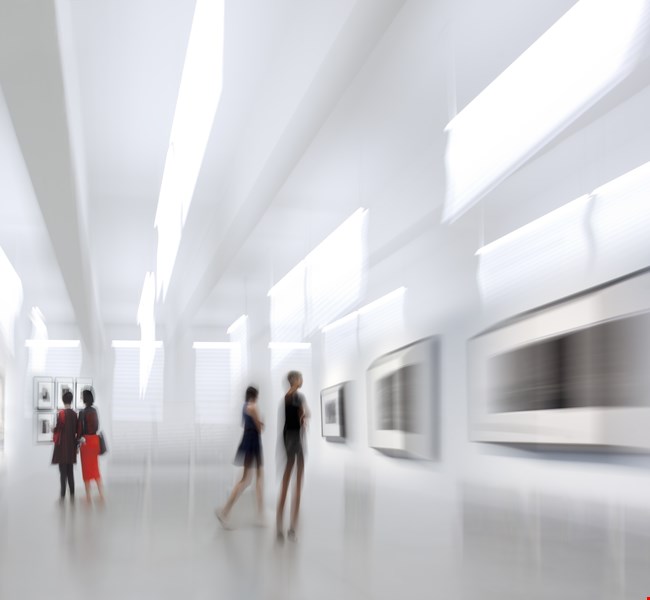
Roman Palazzo delle Esposizioni is an art and cultural event venue that frequently hosts various events, ranging from film screenings to book readings and exhibitions of modern art, along with musical and theatrical performances. There is a pleasant Italian restaurant on the rooftop.
Useful Info:
- Location: Via Nazionale 194, Rome
- Website: www.palazzoesposizioni.it
- Timings: Tuesday-Thursday 10am-8pm, Friday-Saturday 10am-10:30pm, Sunday 10am-8pm.
Explora: the Kids’ Museum

A few hours of challenging entertainment for Rome’s youngest visitors await at Explora: the Kids’ Museum. Here, children will learn all about the workings of the adult world, including jobs, wages, and personal budgets. The interactive experience is both engaging and educational.
Useful Info:
- Location: Via Flaminia 80/86, Rome
- Website: www.mdbr.it/en
- Timings: Book ahead to visit the museum.
The National Museums Of Ancient Rome
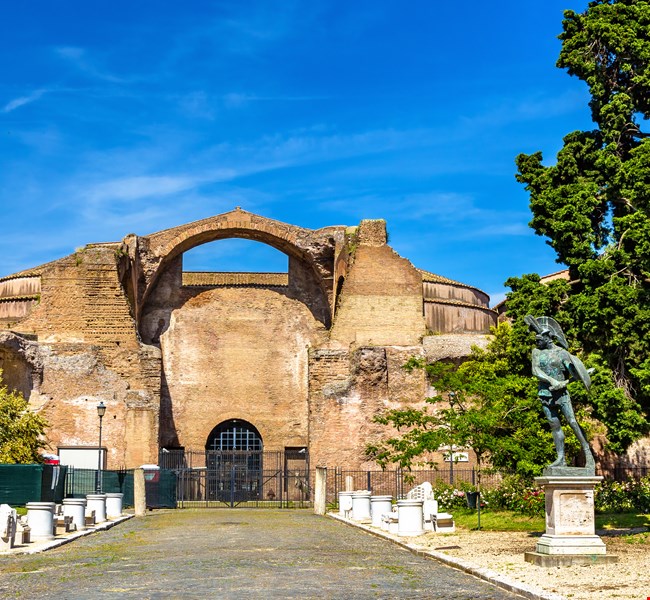
The National Roman Museum, which possesses one of the world’s most important archaeological collections, is located across four different sites: Palazzo Massimo alle Terme, Palazzo Altemps, Therm di Diocleziano and Crypta Balbi. Find the four venues here: www.museonazionaleromano.beniculturali.it/it/213/dove-siamo
Useful Info:
- Website: www.museonazionaleromano.beniculturali.it
- Timings: Tuesday-Sunday 9am-7:45pm.
Sant’Agnese in Agone
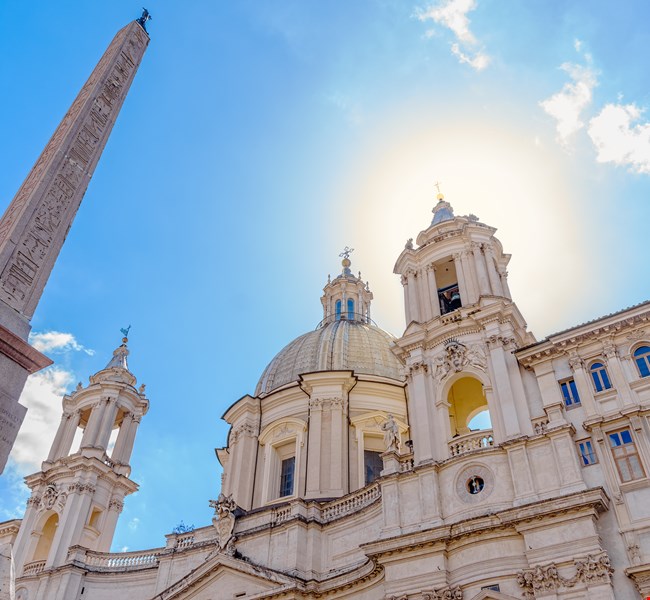
Located in the beautiful Piazza Navona, Sant’Agnese in Agone is a stunning 17th-century Baroque church with frequent live music concerts. Marvel at its beautiful, fresco-adorned insides, and enjoy the sounds of 17th-century melodies.
Useful Info:
- Location: Piazza Navona, Via S.Maria dell-Anima 30/A, Rome
- Website: www.santagneseinagone.org/en
- Timings: Tuesday-Friday 9am-1pm / 3pm-7pm, Saturday-Sunday 9am-1pm / 3pm-8pm.
Keats-Shelley Memorial House
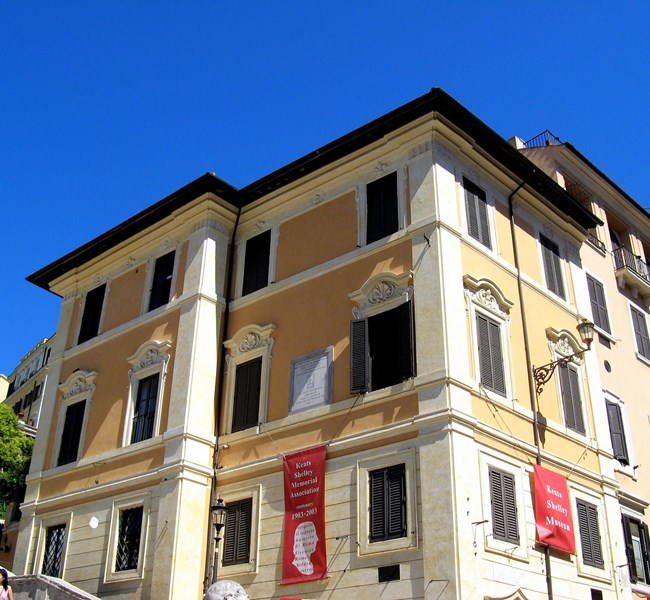
Dedicated to the Romantic poets- Keats, Shelley and Byron- who each stayed in Rome and died tragically young, this charming period house contains a chain of rooms lined with rare books and relics, including Keats’ last resting place. There’s also a gift shop, introductory film, and a spacious terrace.
Useful Info:
- Location: Piazza di Spagna 26, Rome
- Website: www.keats-shelley-house.org
- Timings: Monday-Saturday 10am-1pm / 2pm-6pm.
- Transport options: Close to Metro station Spagna, Line A.
Goethe House
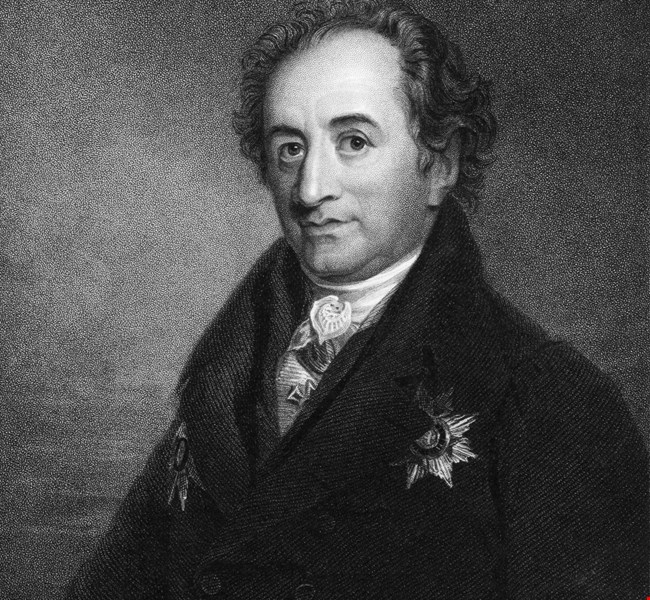
From 1786 to 1788, the great poet Johann Wolfgang Goethe (1749-1832) lived with other German artists in the centre of Rome. Today, the museum Casa di Goethe commemorates the famous guest and his Italian journey with exhibitions and cultural events.
Useful Info:
- Location: Via del Corso 18, Piazza del Popolo, Rome
- Website: www.casadigoethe.it/en
- Timings: Tuesday-Sunday 10am-6pm.
- Transport options: Flaminio, Line A.
MAXXI
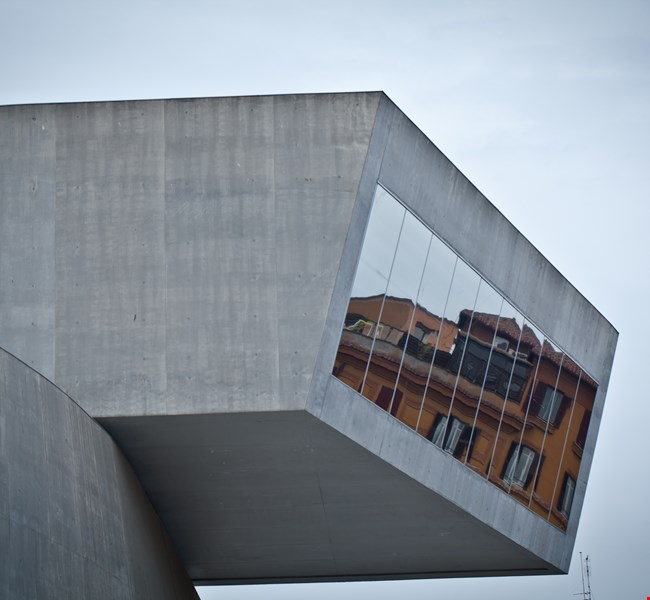
MAXXI, Italy’s first national museum devoted to the arts of the XXI century and designed by Zaha Hadid, is a platform open to all forms of contemporary creativity, from art to architecture, from photography to design, from fashion to cinema. A place for meetings, exchange and collaboration.
Useful Info:
- Location: Via Guido Reni 4A, Rome
- Website: www.maxxi.art/en
- Timings: Tuesday-Wednesday 11am-7pm, Thursday-Saturday 11am-8pm, Sunday 11am-7pm.
Raphael in the Villa Farnesina
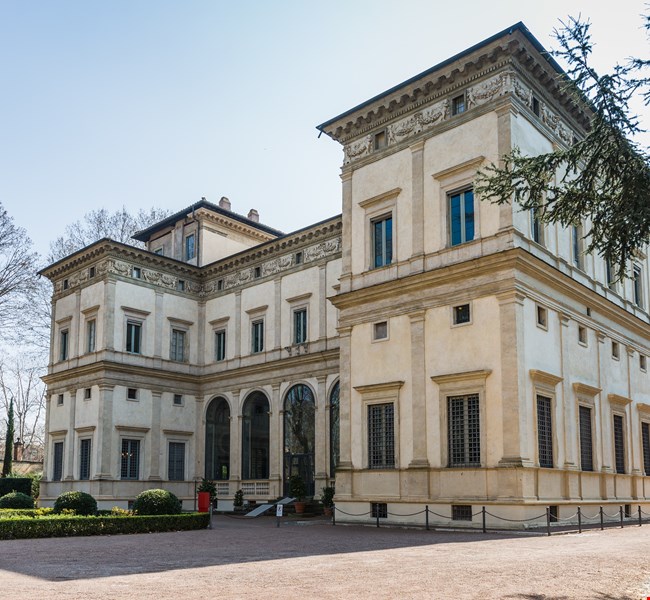
Villa Farnesina, considered one of the most magnificent creations of Italian Renaissance, was built by Baldassare Peruzzi for the rich Sienese banker Agostino Chigi, called the ‘magnifico’. He lived the splendid life of a Renaissance merchant, in a setting of pomp and splendour, entertaining artists, poets, and noblemen with sumptuous banquets. The interior is richly decorated with frescoes by great masters such as Raphael, Sebastiano del Piombo, Giovanni Antonio Bazzi, known as Sodoma, and Peruzzi himself.
Useful Info:
- Location: Via della Lungara 230, Rome
- Website: www.villafarnesina.it
- Timings: Monday-Saturday 9am-2pm. Open the second Sunday of the month, special opening on request.




